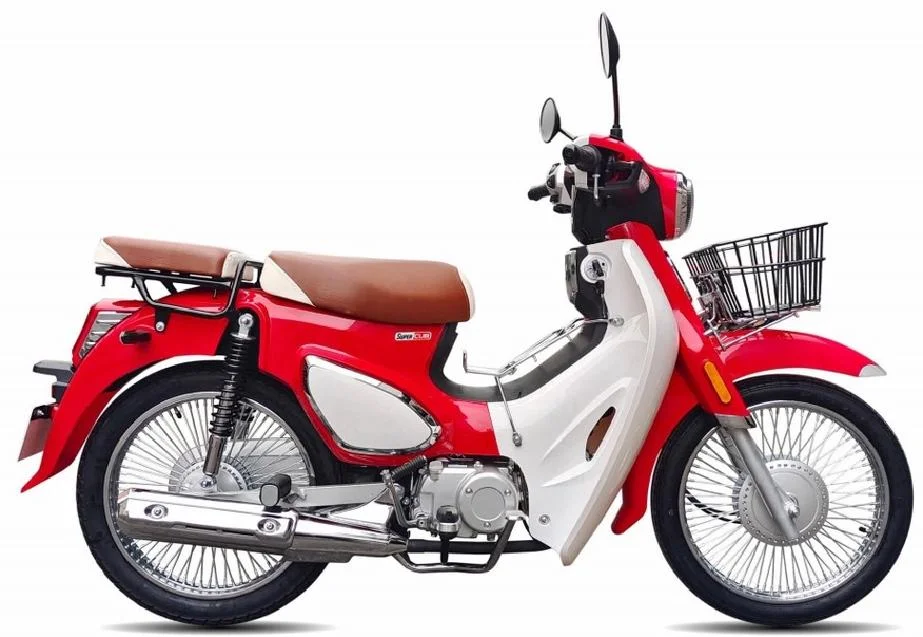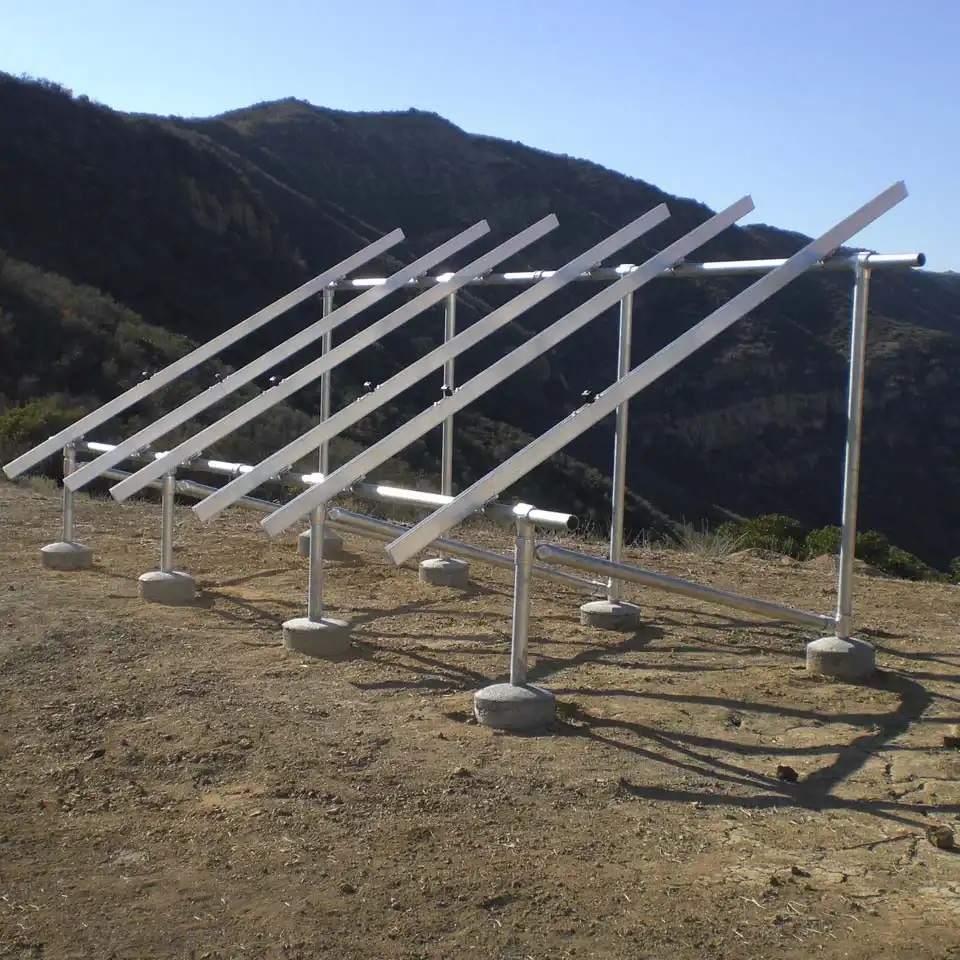Smart Strategies for Reducing Transportation Costs: A Comprehensive Guide
In today’s fast-paced world, transportation costs can significantly impact our budgets. Whether you’re commuting to work, running errands, or planning a vacation, the expenses associated with travel can add up quickly. However, with strategic planning and informed choices, it is possible to spend less on transportation without sacrificing convenience or quality of life. This article delves into various methods to minimize transportation expenses, offering practical tips and insights for individuals and families alike.
- Rethink Your Commute
a. Embrace Remote Work
The rise of remote work has transformed how we approach our daily commutes. If your job allows it, consider negotiating a flexible work arrangement that reduces the number of days you need to travel to the office. This not only saves on transportation costs but also enhances work-life balance.
b. Carpooling and Ride-Sharing
Carpooling with colleagues or friends can significantly cut down on fuel expenses and wear and tear on your vehicle. Additionally, ride-sharing services like Uber or Lyft can be more economical than owning a car, especially for infrequent travelers. Consider using these services during peak hours when public transportation may be less convenient.
- Optimize Vehicle Usage
a. Regular Maintenance
Keeping your vehicle in optimal condition can prevent costly repairs and improve fuel efficiency. Regular oil changes, tire rotations, and engine checks can enhance your car’s performance, ultimately saving you money at the pump.
b. Fuel-Efficient Driving Habits
Adopting fuel-efficient driving habits can lead to substantial savings. Avoid rapid acceleration and hard braking, maintain a steady speed, and reduce idling time. Additionally, using cruise control on highways can help maintain a consistent speed, improving fuel economy.
- Explore Public Transportation Options
a. Utilize Local Transit Systems
Public transportation is often a cost-effective alternative to driving. Research your local transit options, including buses, trains, and subways. Many cities offer monthly passes that provide unlimited travel for a fixed fee, which can be more economical than daily fares.
b. Combine Trips
When using public transportation, plan your trips strategically. Combining errands into one journey can reduce the number of trips you need to take, ultimately saving both time and money.
- Consider Alternative Modes of Transportation
a. Biking and Walking
For short distances, consider biking or walking instead of driving. Not only does this save on transportation costs, but it also promotes a healthier lifestyle. Many cities are investing in bike lanes and pedestrian-friendly infrastructure, making these options more viable.
b. Electric Scooters and E-Bikes
Electric scooters and e-bikes have gained popularity in urban areas as an affordable and eco-friendly mode of transportation. Many cities offer rental services, allowing you to pay only for the time you use them, which can be cheaper than owning a vehicle.
- Leverage Technology
a. Use Transportation Apps
Several apps can help you find the most cost-effective routes and modes of transportation. Apps like Google Maps, Waze, and Citymapper provide real-time information on traffic, public transit schedules, and alternative routes, enabling you to make informed decisions that save time and money.
b. Monitor Fuel Prices
Utilize apps that track fuel prices at nearby gas stations. This can help you find the best deals and plan your refueling stops accordingly, ensuring you never pay more than necessary for gas.
- Evaluate Long-Distance Travel Options
a. Compare Travel Methods
When planning long-distance travel, compare the costs of flying, driving, and taking the train or bus. Websites like Kayak or Skyscanner can help you find the best deals on flights, while Amtrak and Greyhound offer competitive pricing for train and bus travel.
b. Book in Advance
For air travel, booking your tickets well in advance can lead to significant savings. Additionally, consider traveling during off-peak times, such as mid-week or during non-holiday periods, to take advantage of lower fares.
Conclusion
Reducing transportation costs requires a multifaceted approach that combines strategic planning, informed choices, and the use of technology. By rethinking your commute, optimizing vehicle usage, exploring public transportation, considering alternative modes of transport, leveraging technology, and evaluating long-distance travel options, you can significantly cut down on your transportation expenses. Implementing these strategies not only saves money but also contributes to a more sustainable lifestyle. As you embark on this journey to spend less on transportation, remember that every small change can lead to substantial savings over time.






